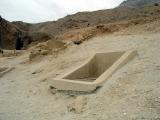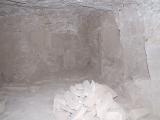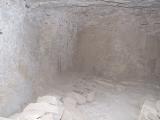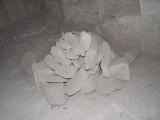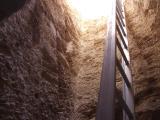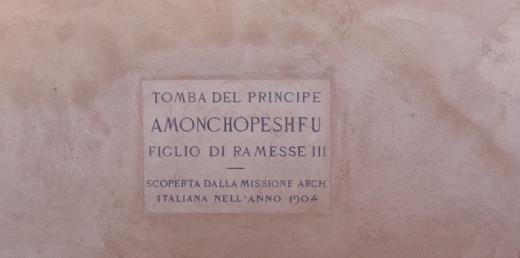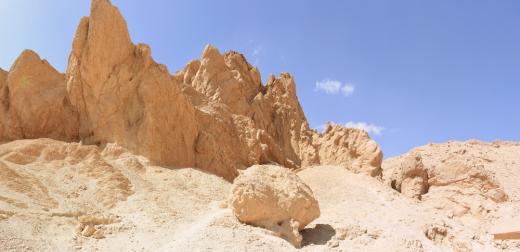QV 72
Prince Baki and Princess Hatneferet*
About
About
QV 72 is an early 18th Dynasty single-chambered shaft tomb on the north side of the main Wadi, between 19th Dynasty chamber tombs QV 73 and QV 74. The shaft entrance has a modern cemented brick surround, deeper on the upslope side, and a metal grill without mesh.
QV 72 is attributed to Prince Baki and Princess Hatnefert. Three Canopic jars were found in the tomb inscribed for Princess Hatneferet. Two are now in the Egyptian Museum in Berlin (2075 + 2076) and the third was formerly in the possession of Triantaphyllos. A jar bearing a Hieratic inscription provided the name of Prince Baki.
First noted by Carl Lepsius, by the time Elizabeth Thomas visited, the tomb had been filled with debris to such an extent that the entrance was no longer visible. The Franco-Egyptian Mission cleared the tomb in 1986.
Site History
The tomb was constructed during the 18th Dynasty.
Dating
This site was used during the following period(s):
Exploration
Conservation
Site Condition
According to the GCI-SCA, the deep (approx. 5m) shaft has vertical fractures and partial debris fill. The chamber appears stable and is roughly hewn from good quality rock. Two stacks of neatly piled rocks are present, presumably from the original sealing of the chamber entrance. The rear wall of the chamber shows damage from salts, visible in the form of extensive crystal growth. Localized fracturing is visible in the ceiling and walls. There is evidence of bat activity and wasps' nests, along with a gecko and silverfish. The presumed entry of moisture, perhaps as seepage through the rock from the surface or adjacent tombs has resulted in salt crystal growth and related rock deterioration on the rear wall of the chamber.
Hieroglyphs
Prince Baki
 King's Son, Baki
sA-nswt bAki
King's Son, Baki
sA-nswt bAki

Princess Hatneferet
 King's Daughter, Hatneferet
sat-nswt HAt-nfr(t)
King's Daughter, Hatneferet
sat-nswt HAt-nfr(t)





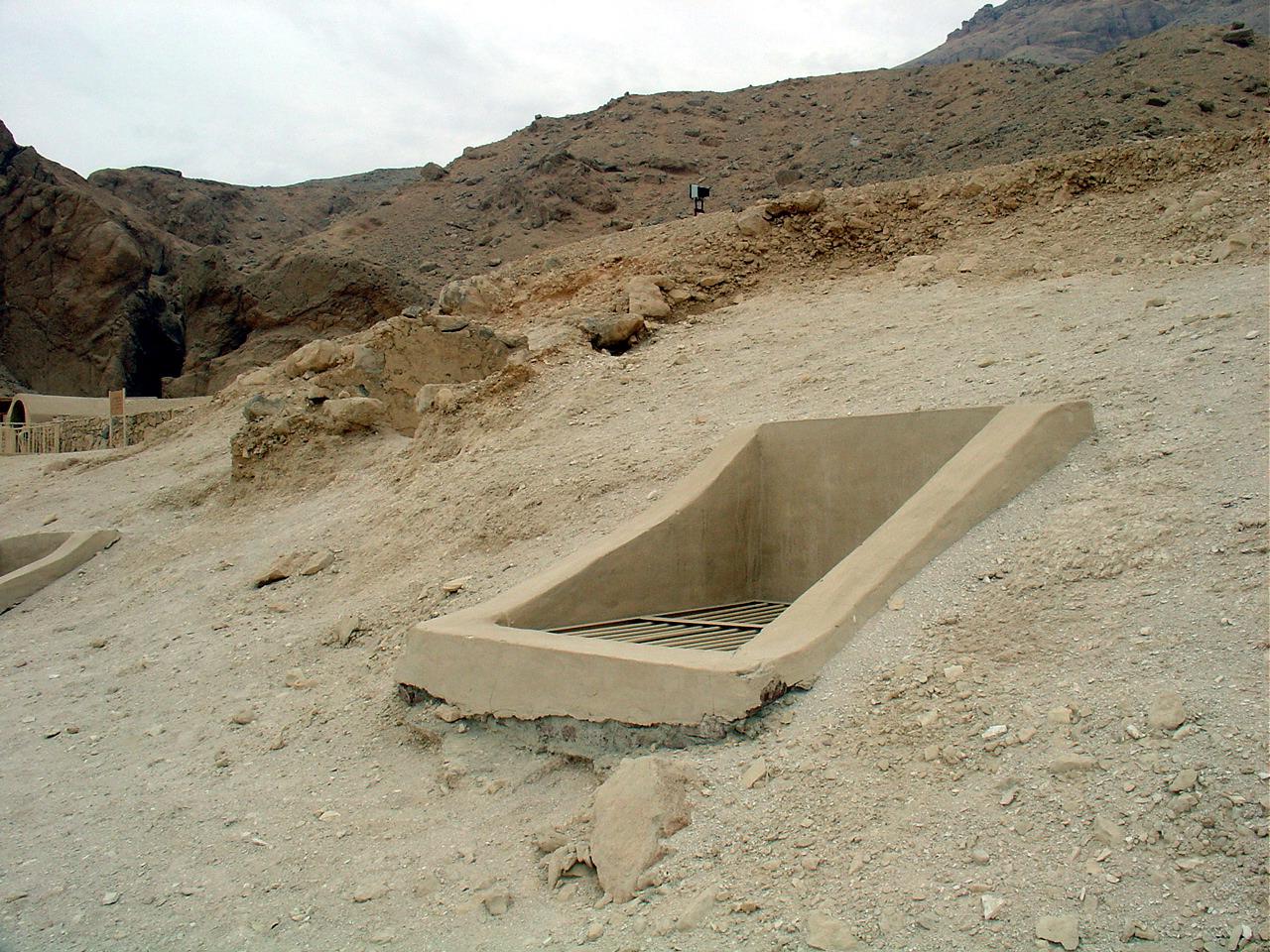
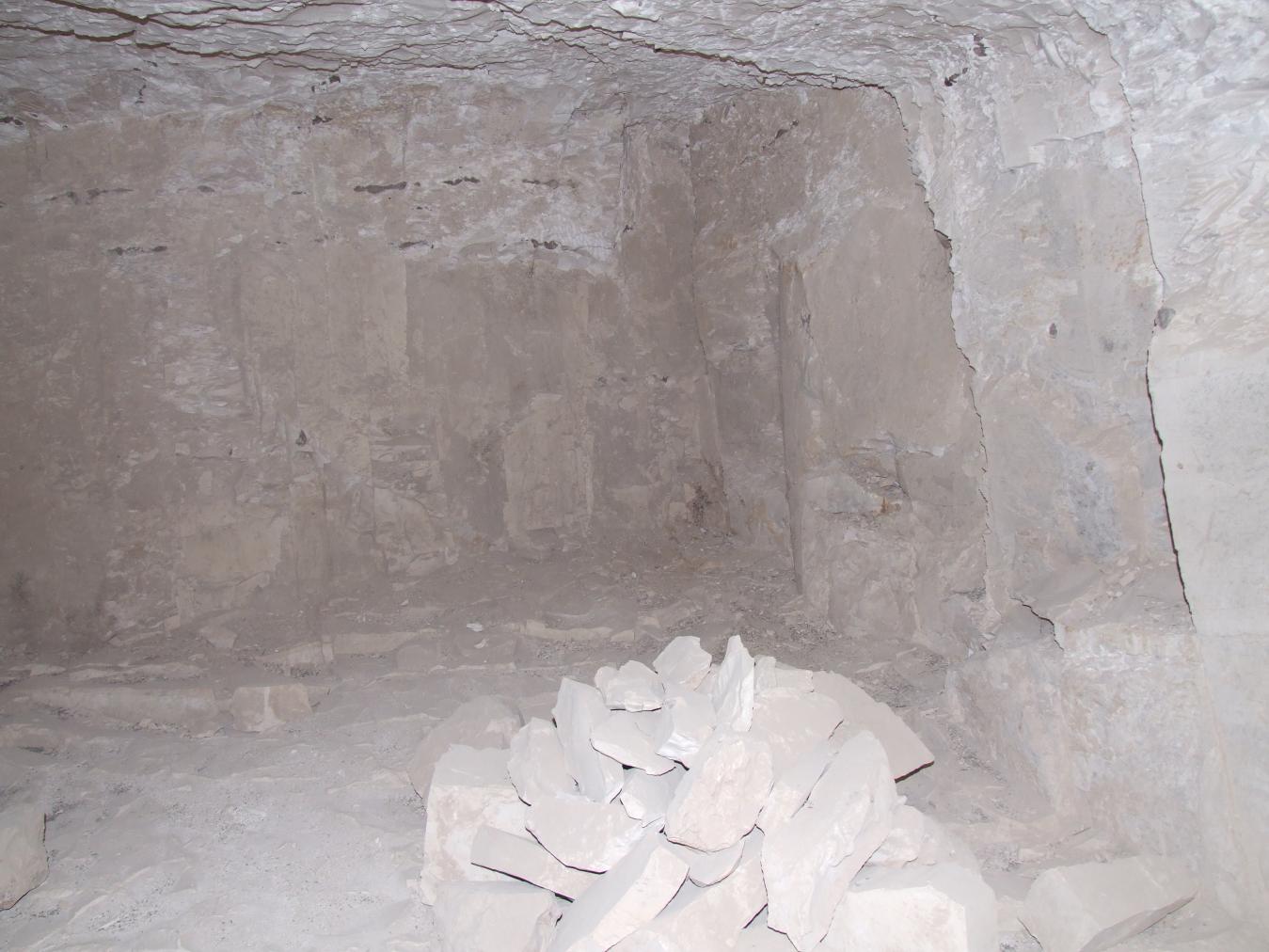
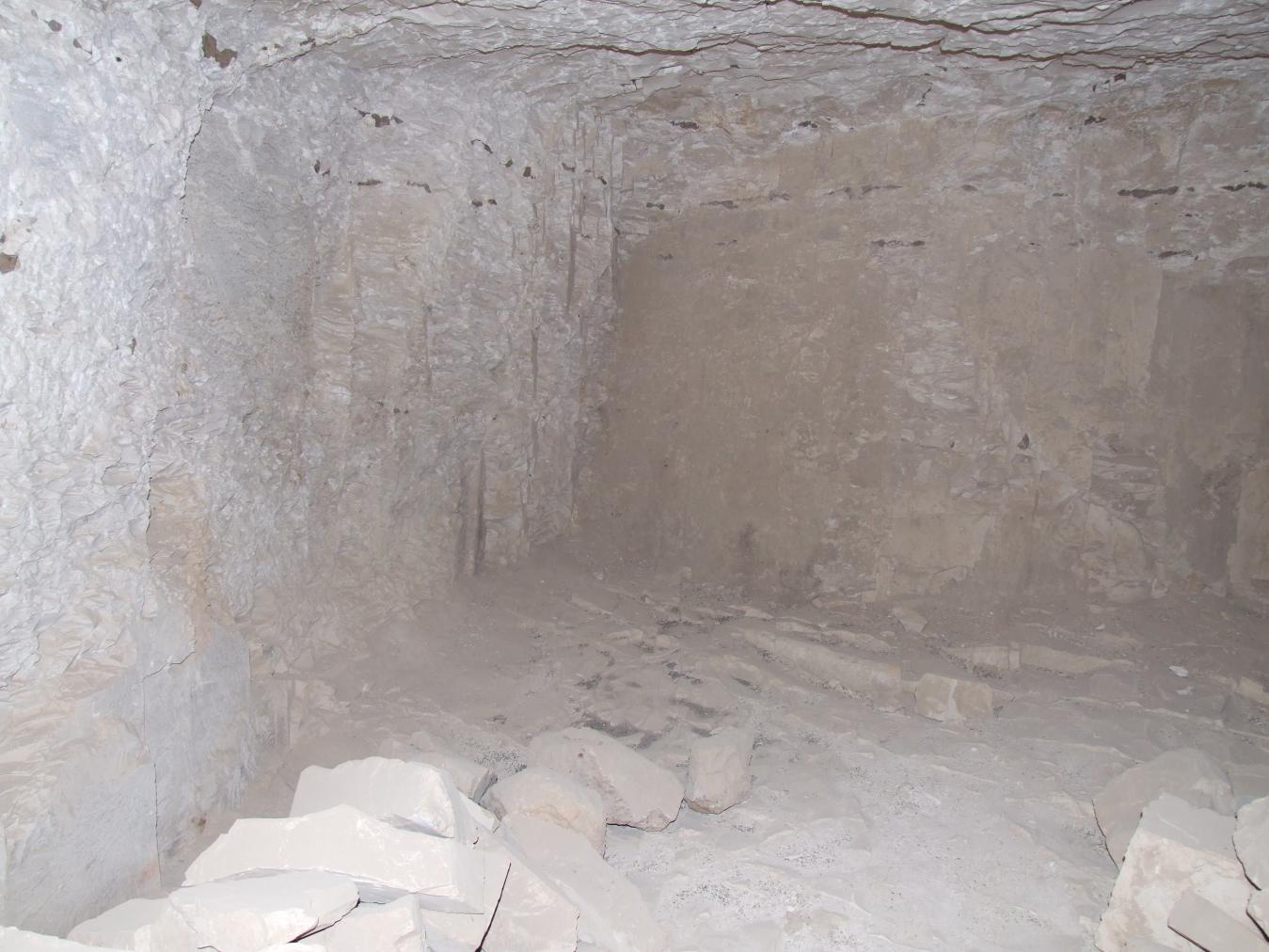
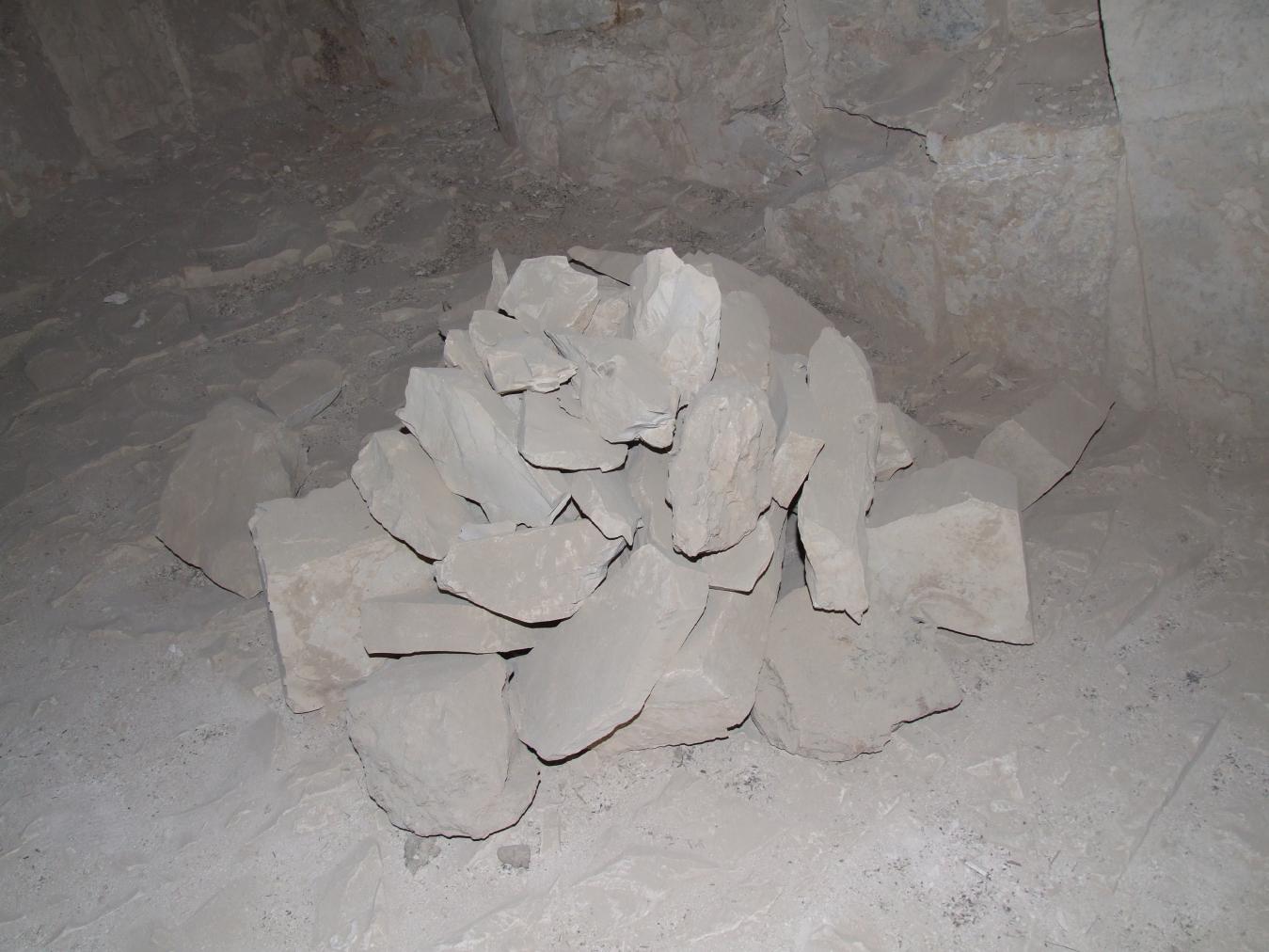
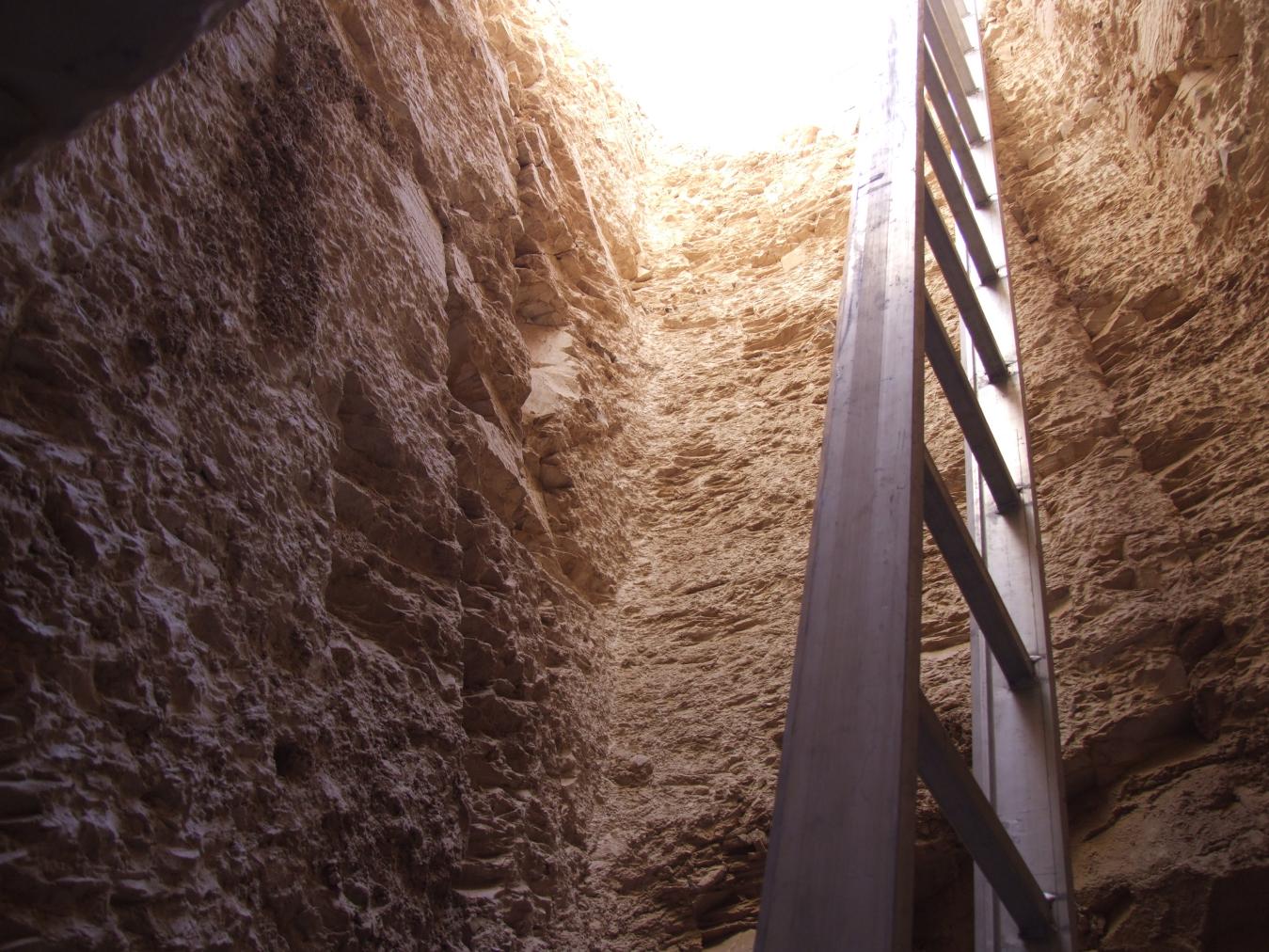
Articles
Tomb Numbering Systems in the Valley of the Queens and the Western Wadis
Geography and Geology of the Valley of the Queens and Western Wadis
Bibliography
Demas, Martha and Neville Agnew (eds). Valley of the Queens. Assessment Report. Los Angeles: The Getty Conservation Institute, 2012, 2016. Two vols.
Dodson, Aidan and Dyan Hilton. The Complete Royal Families of Ancient Egypt. London: Thames and Hudson, 2004.
Leblanc, Christian. Western Thebes and the Queens of the Two Lands in the New Kingdom. In: Kent R. Weeks (Ed.). The Treasures of the Valley of the Kings: Tombs and Temples of the Theben West Bank in Luxor. Cairo: The American University in Cairo Press, 2001: 272-93.
Lepsius, Richard. Denkmäler aus Aegypten und Aethiopien: Texten. Vol. 3. Leipzig: J.C. Hinrich, 1897-1913.
Macke, André, Christiane Macke-Ribet, Christian Leblanc, and Jacques Connan. Ta set neferou: une necropole de Thebes-Ouest et son histoire: momification, chimie des baumes, anthropologie, paléopathologie. Vol. 5. Cairo: Nubar Printing House, 2002.
Porter, Bertha and Rosalind L.B. Moss. Topographical Bibliography of Ancient Egyptian Hieroglyphic Texts, Reliefs, and Paintings, I: The Theban Necropolis, Part 2: Royal Tombs and Smaller Cemeteries. Oxford: Oxford University Press, 1964.
Thomas, Elizabeth. The Royal Necropoleis of Thebes. Princeton: privately printed, 1966.





